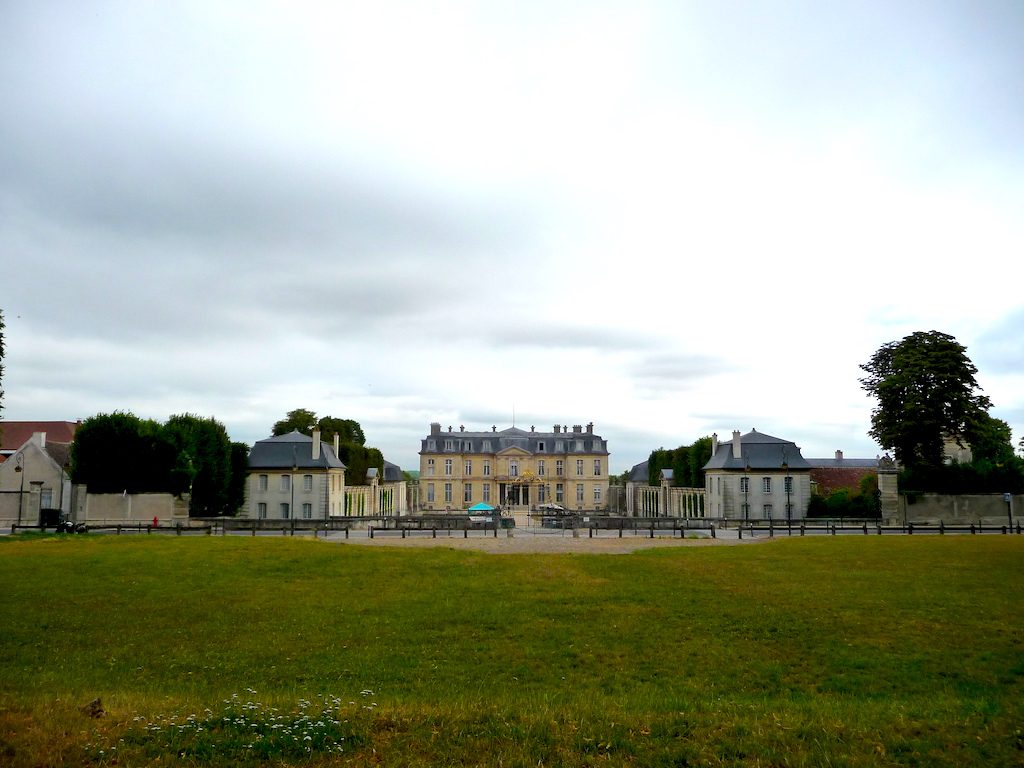Crowdfunding, the local impact, saving emissions – geothermal heat project near Paris
Insights in the impact of the geothermal district heating project by Engie in Champs-sur-Marne, east of Paris, France is given by developer Engie. With crowdfunding sought, the developer wants to open the project to local citizens via a participatory financing mechanism.
An article in the Energy pages of French publication Le Monde, shares details and insights into the Champs-sur-Marne geothermal heat network project east of Paris, we have been reporting on before. The article below is a translation of the original article, as it appeared in Le Monde De L’Energie, published under a creative commons license.
In the east of Paris, in Seine-et-Marne, the Champs-sur-Marne project , supported by the Paris-Vallée de la Marne agglomeration community (CAPVM) and GéoMarne (a local subsidiary of ENGIE Solutions) ) has started.
Focus on this future geothermal plant that will supply 10,000 housing equivalents, so Grégoire Wintrebert, director of the Confluences territory – ENGIE Solutions.
In what way, in concrete terms, does the project contribute to the fight against climate change?
This project is fully in line with the environmental approach of the urban community of Paris-Vallée de la Marne and contributes more widely to the fight against climate change for various reasons.
Fueled 82% by geothermal energy, the heat will prevent the emission of 25,000 tonnes of CO2 each year, equivalent to the annual emissions of nearly 17,000 vehicles.
Thus, it will provide a solution for heating and supply of clean, local, renewable sanitary hot water, limiting emissions of greenhouse gases.
In addition, the equipment that makes up a plant and its heat network is increasingly “smart”, they can meet three objectives: better adjust production on demand, anticipate peak heating periods and reduce as much as possible energy losses.
The GeoMarne heat network is a decentralized energy production and distribution tool, more efficient and more economical, designed to meet the needs of the territory of the CAPVM.
How will the future geothermal power station work?
This plant will be 82% powered by geothermal energy, mainly from a renewable source, via the doublet technique: two wells are drilled to 1900 meters deep.
The “production” well draws water at 70 centigrades in the dogger, whose energy will be transferred into a heat exchanger and thus produce heat distributed through a network of 19 km in the municipalities of Noisiel and Champs-Elysées sur-Marne.
A “reinjection” well allows, as its name suggests, to reinject the water into the water table more than one kilometer from the production area so as not to cool the temperature of the water drawn.
In addition to the geothermal doublet, the plant will include various equipment, including: a 6 MW high performance heat pump to optimize geothermal heat, as well as two 29 MW natural gas booster boilers.
How many homes will benefit from this renewable heat?
With a length of 19 km, the GéoMarne heat network will serve the equivalent of 10,000 housing units in the municipalities of Champs-sur-Marne and Noisiel.
The housing equivalent is a unit of measure corresponding to the energy consumption of a dwelling of 80 sq. m occupied by 4 people, but the GéoMarne network will serve several types of buildings: housing, communal buildings, tertiary premises …
The operator will make an investment of EUR 40m. Why use crowdfunding?
In its process of proximity to the territories, E, in order to reinforce the territorial anchoring of the project and involve the inhabitants of the CAPVM to its success.
Lumo, the expert platform for crowdfunding for the energy transition, is responsible for the success of this collection, based on its community of users and its distribution network.
In this case it is an inaugural operation for ENGIE Solutions and Lumo. Geothermal expert for 40 years, and leader in Ile-de-France, this is the first crowdfunding collection from ENGIE Solutions for this type of project.
Lumo is also the first crowdfunding platform to offer citizens the opportunity to contribute to a geothermal source energy project.
When will the the project start construction?
The well-wells, the first 40-meter boreholes, were completed last July. Currently, the preparation phase of the platform intended to host the drilling machine is underway, to make room for the deep geothermal drilling site at the end of November 2019.
In the spring of 2020, start the construction of the plant, for commissioning of the geothermal network end 2021.
Could other territories in the Paris region accommodate such a plant?
Yes, indeed, the Ile-de-France is a favorable region for the development of geothermal energy because of the presence of the dogger and its densification. Another geothermal project will be commissioned in 2021 in Vélizy-Villacoublay.
Heat networks have a bright future ahead of them as a decentralized tool for energy production and distribution. They are designed to meet the needs of a given territory, increasingly “intelligent” in terms of equipment and, thanks to the integration of renewable sources such as geothermal or biomass, they have real advantages in environmental impact reduction.
Moreover, in the current fight against climate change, production needs of “cold” are emerging. Urban networks are a response to the development of this sector: while the heat network transports heat from a boiler to the buildings, the cold network removes the heat from the buildings and transports it to a point of discharge in the building. air or in the water (sea, river …).
La version originale de cet article a été publiée sur Le Monde de l’Energie.
Texte rédigé par Grégoire Wintrebert
Source: Le Monde De L’Energie


















